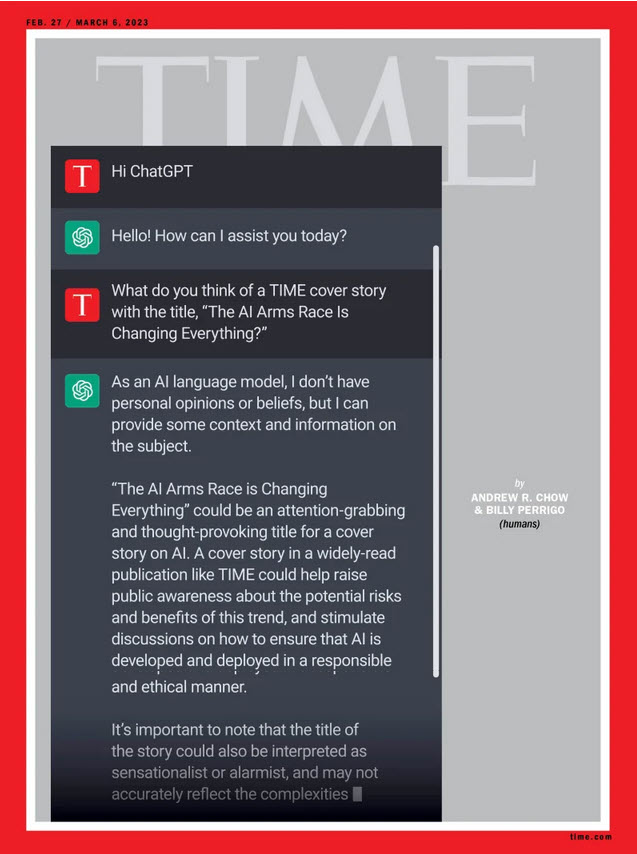In December of 2022, Cecilia Aponte-de-Hanna brought the discussion of artificial intelligence or “AI” to the TESL Ontario community with her post, AI in the Classroom: Love It or Hate It – It’s Here. Cecilia piqued our curiosity by showing us an example of a test text generation and suggested three ways that she was considering using AI with her lessons.
Continue readingCategory Archives: Communication
Activity: Journal Writing
When I started teaching online, it was clear to me almost immediately that I wanted to encourage my learners to write and that I wanted to see their writing on a regular basis. I had a CLB 7 Academic class, and I began rather naively and ambitiously. The assignment was straightforward:
You will have three journal topics a week. You will be given 15 minutes a day, three times a week, to write in your journal. You will be given a journal topic or you can write about whatever you want.
Continue readingSocial Media and Critical Literacies
Due to the immense changes in society and the way people communicate in the past 50 years, communication methods are now multimodal, and people need literacy skills that go beyond books. As Tarc (2013) writes, “In our current multicultural societies, it is hard to identify one’s identity and their understanding and background, in order to avoid possible misunderstandings,” (p. viii) and such considerations need to take place now that global migration is at its highest and daily interactions occur with people from different countries than ourselves. Whether or not people have experienced migration and/or immigration personally, many of the people they interact with on a daily basis are likely to have been born somewhere else; even without this interaction, the accessibility to the internet means that no one is isolated in their own “corner” of the world. Digital and print media tools can be used by educators to help students develop critical literacies skills, so that they can be more participatory and contemplative global citizens.
Continue readingMultimedia English Class with Ted Talks
Teaching research writing and communication courses has been one of the best experiences I have had in my teaching career so far. One of the challenges, however, has been encouraging students to read articles before joining classes. These reading articles are a prerequisite for our students to complete a series of reflective reading and writing practices. Therefore, I have started taking advantage of TED Talks as a not so state-of-the-art, but practical resource for a college communication course. Here are a few ways I use this resource in my classes:
Continue readingSpeaking English like a native speaker or an expert user?

According to IELTS Cambridge books, an expert user of English is someone who has fully operational command of the language: appropriate, accurate, and fluent with complete understanding. This user gets the score of 9 in the IELTS speaking test which is the highest score in this English proficiency exam.
Continue readingIn Praise of English Language Learners
As an English as an Additional Language (EAL) teacher, I think I have a responsibility to remind my students of the incredible job they have done as additional/foreign language learners. I think as teachers we sometimes forget the challenges our students are going through! This letter is to all additional language learners, wherever they are.
Dear EAL learners,
I acknowledge you. I admire you. I celebrate you! You’ve already done an incredible job. Whether you are at the beginning level, where your journey has just started, or you have been in this for quite a while, you are amazing and here is why.
Continue readingAccelerate the Feedback Process
How do you provide feedback to your students? Do you send them emails with feedback? Do you fill out a report card with descriptive feedback? Here’s a final question and I’ll get to my point! How fast is your typing?
Typing down all the comments in any application can be time consuming for teachers and perhaps frustrating if your typing speed is below average. According to a study done at Cambridge University, the average typing speed is 52 words per minute (Dhakal, 2018). If our speed falls below this number, why not use a shortcut?
Continue readingDoes Online Learning Enhance Learners’ Language Ego?
Language ego is a real phenomenon. A concept coined by Guiora (Brown, 2000) “language ego” is a learner’s second identity as they come to see themselves picking up a second language. One of the most vitally important responsibilities of an ESL teacher is to ensure that students’ language ego is well protected.
Conventionally, in physical classrooms, due to the existence of face-to-face communication, learners might experience more fragility and defenselessness with their peers. I have personally experienced the sheer fear and anxiety that the physical interaction and presence of others with their eyes placed all on one person can create. However, through online platforms of teaching and learning, I have noticed that learners feel safer and more secure about their language ego, and I have seen improvements in learning.
Continue readingA Short Talk with Conversation!

Hello everyone and welcome to my Language Teaching and Learning talk show. I’m Language Pedagogy and here with me is Conversation. Today we’re going to have a fantastic talk about the history and current standing of this amazingly popular ESL task. Well, I have been in this profession since day one and frankly I haven’t seen any classroom task as appealing to students as conversation, so I thought, why not sit together and talk?
Language Pedagogy: Thanks for being with us today. I am sure that our audience is excited to hear from you.
Conversation: Oh, glad to be heard.
Continue readingSymbolic New Materialism: From Theory to Practice
A Brief Introduction to New Materialism

Consider how much time instructors and students spend in front of electronic screens and how essential technology has become within the last eight months. Meetings and lessons delivered via Zoom and other online platforms are the new normal. Given the challenging times that we are facing including new approaches to learning, living, and overcoming adversity, the idea of new materialism is gaining momentum.







